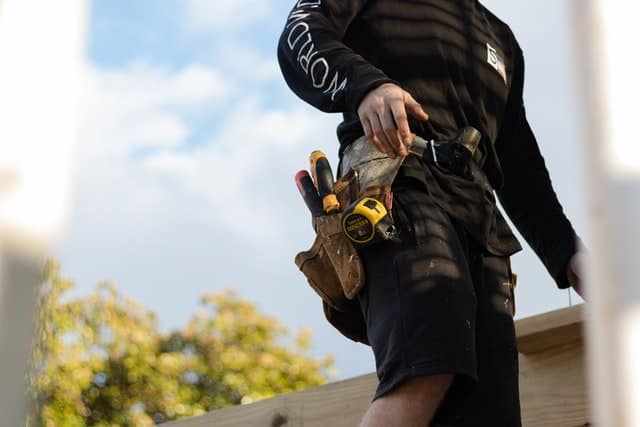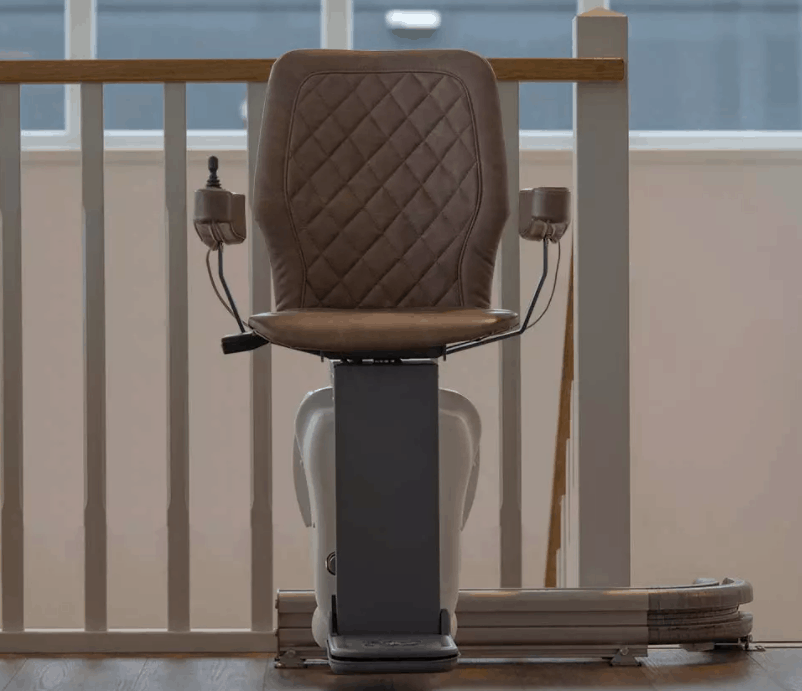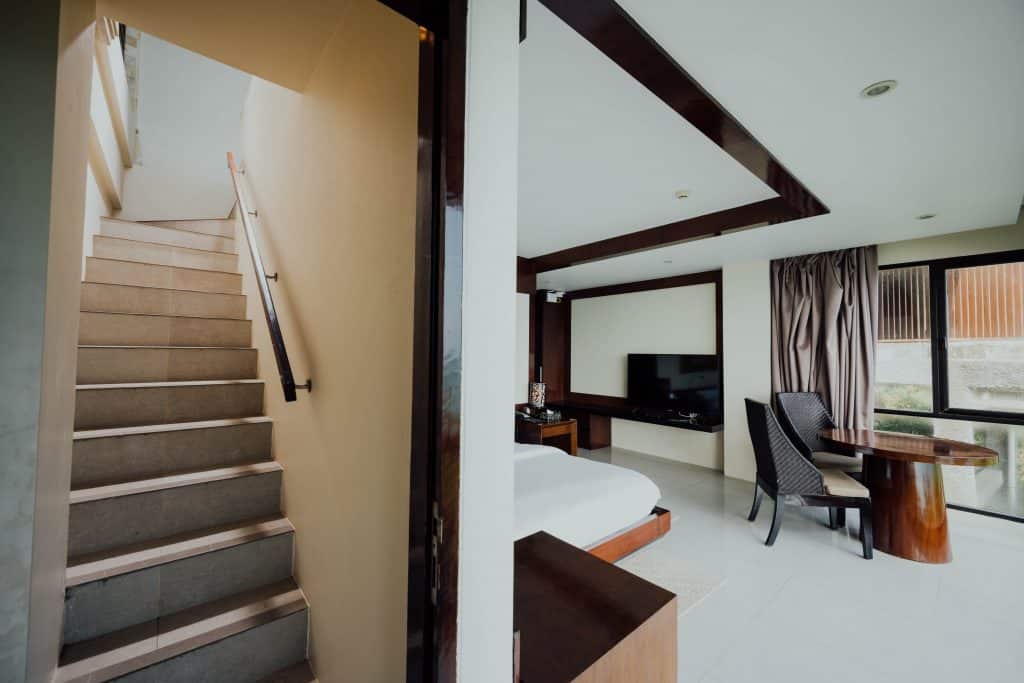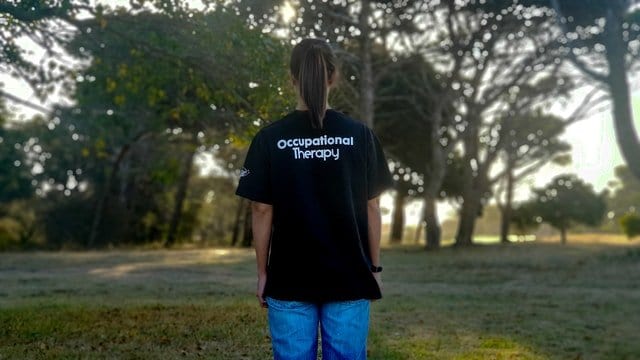Disabled Facilities Grant 2020 – Stair lift grants

Transforming your home to be more disability-friendly can be a costly process that many people simply cannot afford. The Disabled Facilities Grant (Stairlift grants) has been specifically created to provide homeowners with the funding to make essential adaptations to their property.
This grant is designed to allow those people who are living with a disability the chance to enjoy better freedom and movement around their home. The money can be used for a wide range of renovations, for example, widening doorways, installing ramps and stair lifts, adding a suitable heating system or adapting lighting controls.
How much is the Disabled Facilities Grant?
The grant is available in England, Wales and Northern Ireland, and the amount that each person can receive will depend on their overall household income and the level of savings that they have over £6,000.
In England, the grant available is up to a maximum of £30,000. In Wales, it is £36,000 and in Northern Ireland, it is up to £25,000. Each grant application is means tested by the local council, which means that they will assess the overall income and capital of the applicant, which includes the disabled person and their spouse.
The total amount available will be calculated by examining the weekly income and savings, set against an expert assessment of their requirements. If the applicants existing resources are less than the appraisal suggests are needed to meet a basic level of functionality, they will not normally be asked to contribute to the cost of the work. However, if the applicant’s existing resources already exceed those required to meet the basic assessment, then that cost will be deducted from the grant.
For applicants under the age of 18, they will be able to get a Disabled Facilities Grant without their parents’ income being taken into account. In order to progress this type of application, then they will need to speak to their local council first.
In England, any minor adaptations or equipment that is necessary to improve the standard of living of the applicant that costs under £1,000 can usually be claimed without needing to be means tested. Many local councils and authorities can also offer low-cost loans or provide assistance in helping to release further equity from your home.

How Disabled Facilities Grants are paid
Once an application for a disabled facilities grant has been successful, the recipient will then typically be paid in one of two ways:
- Instalments
This method will see set amounts of money paid into your account at regular intervals as the work progresses.
- Lump sum
This method will see the full amount paid in one amount once the work has been completed.
Before any money is paid, the local council will often need to carry out an inspection to confirm they are happy with the finished project. Alternatively, the applicant will need to supply the council with a detailed invoice or receipt from the agreed contractor.
Who is eligible for a Disabled Facilities Grant?
In order to be eligible for a Disabled Facilities Grant, the application must be submitted by someone either with a disability, from someone living with a disabled person, or the landlord of a disabled tenant.
The applicant must also either own the property outright or be a steady tenant, and they must also be intending to stay in that property for at least the next five years. Should the tenant move within this five year period, then they may be required to pay back some of the grant.
Before confirming the Disabled Facilities Grant application has been successful, the local council ill need to be satisfied that the requested work is necessary and appropriate for the disabled person’s relevant needs. Alongside this, they will need to assess the suitability of the property that the requested work can be completed satisfactorily.
The application will need to be submitted and confirmed before any work or alterations can begin on the property; otherwise, the council might not pay out for any projects that have already started. Once the grant has been confirmed, applicants will then need to apply for separate planning permission or regulations approval. The local council might also request that a qualified architect or surveyor is appointed to oversee the project.
How to apply for a Disabled Facilities Grant in 2020
In order to apply for a Disabled Facilities Grant, you will need to contact the housing or environmental health department at your local council office. They will then be able to provide you with the required application form, which you will need to complete and submit before any work is undertaken on the property.
This form requires you to fill out simple information such as your full name and address, as well as information on the disability and the requested renovations and improvements that you need. You will also need to outline how these changes to the property will be able to benefit you and help you reduce any issues you currently face due to your disability.
You will also be expected to complete an in-depth overview of your finances, which will help the council decide whether you are eligible for the grant to cover the entire cost or a partial amount. To support this application, you will also be expected to provide detailed reports on your monthly income and outgoings, bank statements and details on any savings you have. Any savings under £6,000 will not impact the council’s assessment of your grant application.
The council may also ask you to provide detailed reports on the requested changes that you wish to make to the property. This will require two independent estimates from contractors, and many of these builders will be happy to provide you with a free quote.
Alongside requesting the estimates, the council may also suggest that the applicant sees an occupational therapist, who will be able to check your circumstances and provide you with additional support on what changes could benefit you.
If you are not happy with the decision the council makes, you can appeal the decision and with them initially before escalating the complaint to the Local Government Ombudsman.
How long does it take for an application to be confirmed?
Once you have submitted your application, the processing time could be a few months before you hear back due to a long waiting list. You should be given an indication of the expected timeline when you submit your application, but if your request is urgent, then you should discuss this with the relevant council department when you initially request the application form.
On average, you should have received a written response from the council within six months of the application being submitted. This response will explain the next steps, or, if you are not eligible, the reasons why the application was rejected.
For more information, visit https://www.gov.uk/disabled-facilities-grants.





Responses